HIV-1 in lymph nodes is maintained by cellular proliferation during antiretroviral therapy
- PMID: 31361603
- PMCID: PMC6819093
- DOI: 10.1172/JCI126714
HIV-1 in lymph nodes is maintained by cellular proliferation during antiretroviral therapy
Abstract
To investigate the possibility that HIV-1 replication in lymph nodes sustains the reservoir during ART, we looked for evidence of viral replication in 5 donors after up to 13 years of viral suppression. We characterized proviral populations in lymph nodes and peripheral blood before and during ART, evaluated the levels of viral RNA expression in single lymph node and blood cells, and characterized the proviral integration sites in paired lymph node and blood samples. Proviruses with identical sequences, identical integration sites, and similar levels of RNA expression were found in lymph nodes and blood samples collected during ART, and no single sequence with significant divergence from the pretherapy population was present in either blood or lymph nodes. These findings show that all detectable persistent HIV-1 infection is consistent with maintenance in lymph nodes by clonal proliferation of cells infected before ART and not by ongoing viral replication during ART.
Keywords: AIDS/HIV; Lymph; T cells.
Conflict of interest statement
Figures
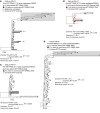

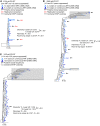
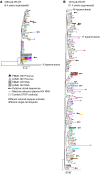
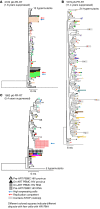
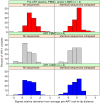
References
Publication types
MeSH terms
Substances
Grants and funding
LinkOut - more resources
Full Text Sources
Medical
Molecular Biology Databases

